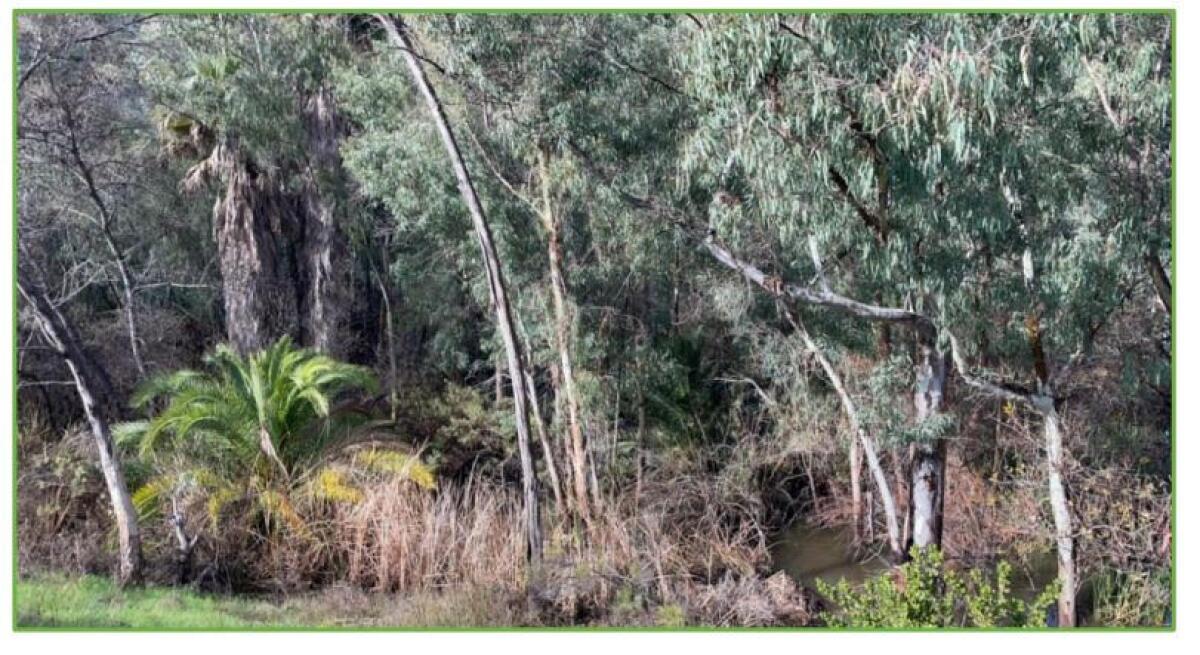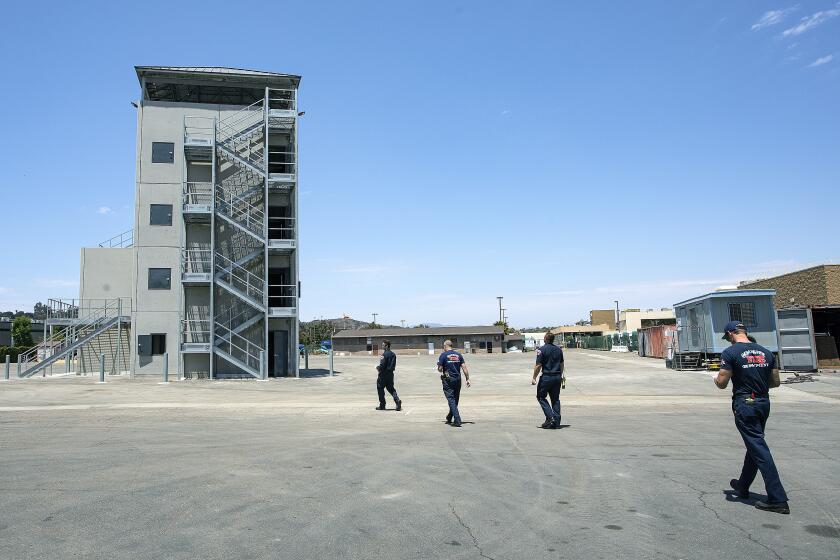San Dieguito River Valley Conservancy gets $1.5 million for habitat restoration in Rancho Santa Fe

The San Dieguito River Valley Conservancy received a $1.5 million grant from the California Wildlife Conservation Board to restore riparian habitat in Rancho Santa Fe
The San Dieguito River Valley Conservancy received a $1.5 million grant from the California Wildlife Conservation Board to restore 12.5 acres of riparian habitat in Rancho Santa Fe.
The three-year project includes removing invasive trees, such as eucalyptus and palms, and non-native plants, including reeds, and planting native species on a quarter-mile stretch of riparian habitat north of Lusardi Creek and east of the Arroyo Preserve. The project is expected to reduce flood risks by improving stream flow in the river and reduce fire risk in an area that was scorched by wildfire in 2007.
This project is part of the Conservancy’s 181-acre restoration program in the river valley, which will involve planting more than 1,500 native species.
The project is expected to provide habitat for two endangered birds, the least Bell’s vireo and light-footed ridgeway’s rail, and offer animals access to conserved land areas for mammals such as the American badger, mountain lion, coyote, bobcat, mule deer and gray fox.
Neighboring land includes the Crosby Habitat Management Area, Lusardi County Park, San Dieguito Lagoon and several undeveloped private properties.
Collaborators include the Rancho Santa Fe Association, which owns the riparian habitat, Rancho Santa Fe Fire Protection District, the San Dieguito River Park JPA, Fairbanks Ranch Association, U.S. Fish and Wildlife Service, California Native Plant Society and Resource Conservation District of Greater San Diego County.
The project is scheduled to start in fall and continue through summer of 2027, with most of the plant removal slated between nesting seasons.
Get Essential San Diego, weekday mornings
Get top headlines from the Union-Tribune in your inbox weekday mornings, including top news, local, sports, business, entertainment and opinion.
You may occasionally receive promotional content from the San Diego Union-Tribune.












